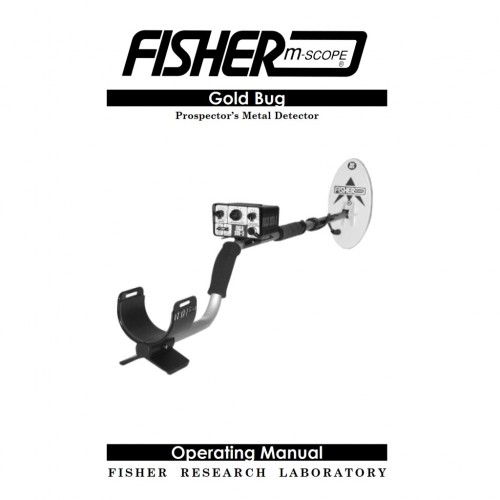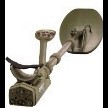About This File
Fisher Gold Bug Operating Manual, 307 KB pdf file, 32 pages
Fisher Gold Bug Data & Reviews
Fisher Gold Bug Color Brochure
This is the manual for the original 1987 19 kHz Gold Bug model. It was revised in 2001 and pictures of the Gold Bug 2 were used for the cover and layout pages, but the manual is for the older "black face plate" model.



